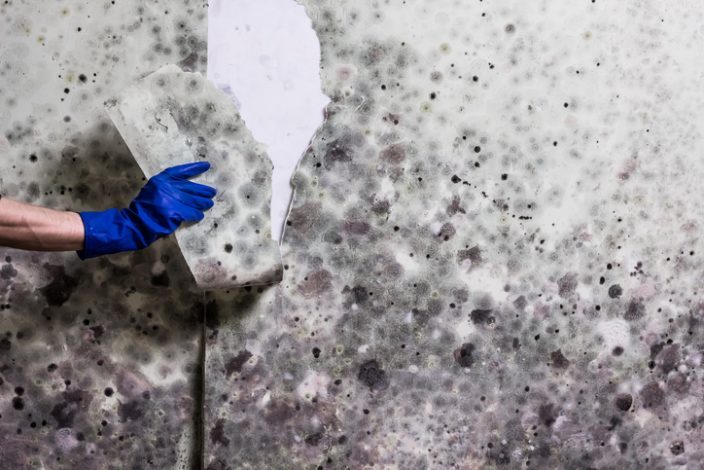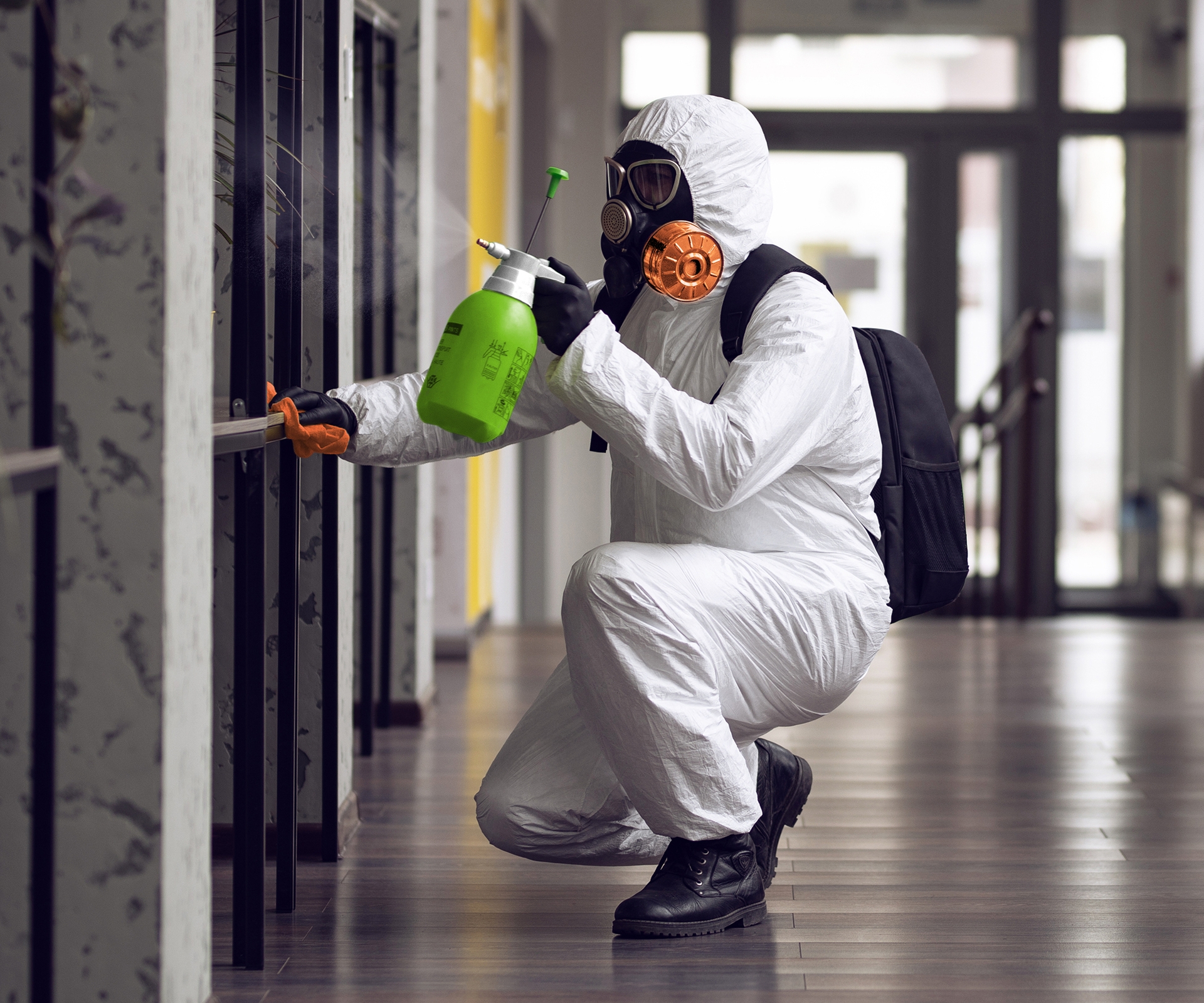After Mold Remediation Techniques for Clean Spaces
After Mold Remediation Techniques for Clean Spaces
Blog Article
Your Ultimate Guide to Post Mold And Mildew Removal Methods
Browsing the realm of post-mold removal methods is a careful process that requires attention to information and a thorough understanding of the ins and outs included. In the aftermath of mold infestation, recognizing exactly how to efficiently eradicate the mold and mildew and prevent its reoccurrence is paramount for keeping a healthy indoor atmosphere. From selecting the appropriate cleaning and disinfecting approaches to executing approaches for long-lasting mold avoidance, each step in the removal trip plays a vital function in making sure a successful outcome. As we embark on this expedition of post-mold removal methods, we will uncover the vital approaches and ideal methods that can help you recover your room to its pre-mold condition and protect it against future mold and mildew hazards.
Comprehending Post-Mold Removal Refine
After finishing the mold and mildew removal procedure, it is vital to recognize the post-mold removal strategies that are essential to ensure a comprehensive and efficient clean-up. When the mold and mildew has actually been eliminated, the next step involves cleansing and disinfecting the impacted areas to stop any type of regrowth of mold. This includes using specialized cleaning agents to wipe down surfaces and kill any type of staying mold and mildew spores. It is essential to dry out the location entirely to discourage the growth of mold and mildew in the future (Post Mold Remediation Report). Correct air flow and dehumidification can help in this process.
Moreover, conducting a final examination post-remediation is important to make sure that all mold has been effectively eradicated. This assessment needs to involve a thorough visual check along with possibly air sampling to verify the lack of mold spores in the air. Additional remediation may be essential if the inspection discloses any remaining mold and mildew. Enlightening owners on preventative measures such as controlling moisture degrees and promptly addressing any water leaks can aid maintain a mold-free environment.
Reliable Cleansing and Decontaminating Approaches

Preventing Future Mold Growth

Importance of Correct Ventilation
Proper air flow plays an essential duty in preventing dampness build-up, a key aspect in mold development within indoor atmospheres. Efficient air flow systems help eliminate excess humidity from the air, lowering the possibilities of mold and mildew spores discovering the wetness they require to spread and sprout. Without ample ventilation, interior spaces can come to be a breeding ground for mold and mildew, leading to prospective wellness dangers and architectural damage.
By making certain correct air flow, air flow systems can also assist in drying damp areas quicker after water damage or flooding occurrences, further preventing mold and mildew growth. Post Mold remediation cleaning. In rooms like bathrooms, cooking areas, attics, and cellars where wetness degrees often tend to be greater, mounting and keeping efficient air flow systems is important in avoiding mold and mildew invasions

Tracking and Upkeep Tips
Offered the crucial role that appropriate air flow plays in avoiding mold and mildew growth, it is important to develop efficient tracking and upkeep suggestions to guarantee the continued capability of ventilation systems. Normal assessments of ventilation systems need to be carried out to check for any indicators of obstructions, leakages, or malfunctions that can hinder correct air flow. Monitoring humidity degrees within the property is likewise essential, as high moisture can add to mold and mildew growth. Mounting a hygrometer can help track humidity degrees and sharp house owners to any spikes that may call for attention. In addition, guaranteeing that air filters are on a regular basis cleaned up or changed is essential for maintaining the efficiency of the air flow system. Carrying out a routine for routine maintenance tasks, such as duct cleaning and a/c system examinations, can aid stop problems before they escalate. By staying positive and mindful to the problem of ventilation systems, residential property proprietors can efficiently mitigate the risk of mold regrowth and preserve a healthy interior environment.
Conclusion
Finally, post-mold removal strategies are crucial for making sure a clean and safe atmosphere. Comprehending the process, applying reliable cleansing and sanitizing methods, protecting against future mold and mildew growth, maintaining correct ventilation, and regular surveillance are all vital actions in the remediation procedure. By following these standards, you can successfully remove mold and prevent its return, working or promoting a healthy and balanced living space for all owners.
In the after-effects of mold problem, recognizing exactly how to effectively get rid of the mold and mildew and avoid its reoccurrence is critical for maintaining a healthy and balanced interior atmosphere. As soon as the mold has been gotten rid of, the next action involves cleaning and sanitizing the influenced areas to stop any kind of regrowth of mold - After mold remediation. After removing visible mold and mildew growth, it is essential to clean up all surfaces in the affected area to get rid of any type of continuing to be mold and mildew spores. about his To further improve this mold avoidance actions, it is necessary to resolve underlying issues that initially led to mold advancement.Offered the vital duty that appropriate ventilation plays in preventing mold and mildew growth, it is important to develop effective monitoring and maintenance suggestions to guarantee the continued functionality of ventilation systems
Report this page